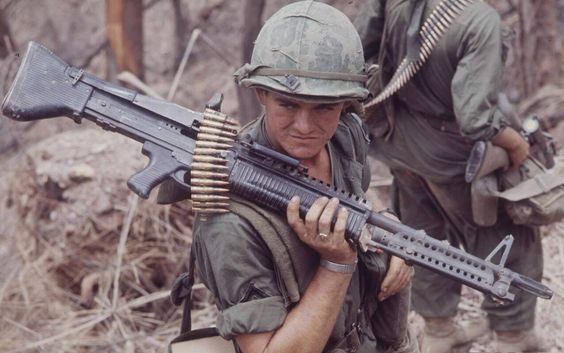The Vietnam War was fought between firstly the French and Viet Minh guerrillas, then later between the US, the North Vietnamese Army (NVA), and the Vietcong (VC) guerrillas.
The VC and NVA forces in the war were equipped with a wide variety of weapons from all corners of the globe. They had everything from artillery and jets down to handguns and hand grenades. Photographs of captured equipment look like an arms dealer’s catalog.
The question to be explored is: where did it all come from?
North Vietnam had no significant industrial base, and certainly no heavy or even light weapons industry to speak of. And the guerrilla forces operating from jungle camps and tunnels had no way to produce anything beyond what could be made with basic tools in a primitive environment.
Vietnam was a war zone from the early 1940s up until 1975. Combat and military operations in a jungle environment are a recipe for the loss of men and equipment.
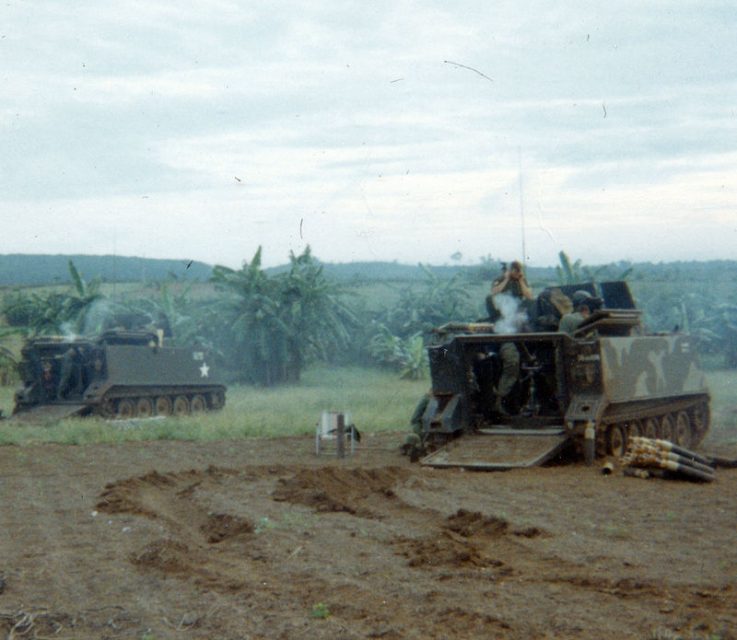
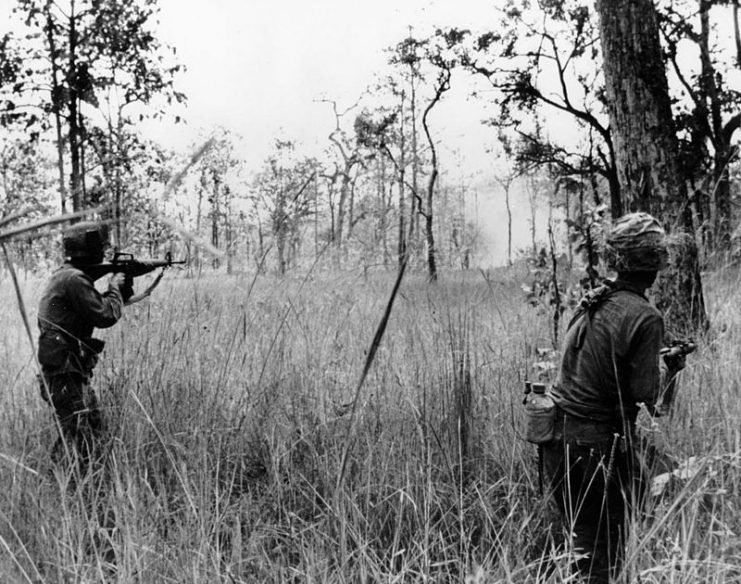
The French military forces in Vietnam were equipped with weapons from French sources. So-called local troops and mercenaries were similarly equipped.
Weapons belonging to these forces were easy prey for crafty guerrillas bent on seeing an independent Vietnam. Ambushes and attacks on isolated outposts and police stations were a primary source of supply for the Viet Minh.
So began the basic arsenal of the Viet Minh and later the VC.
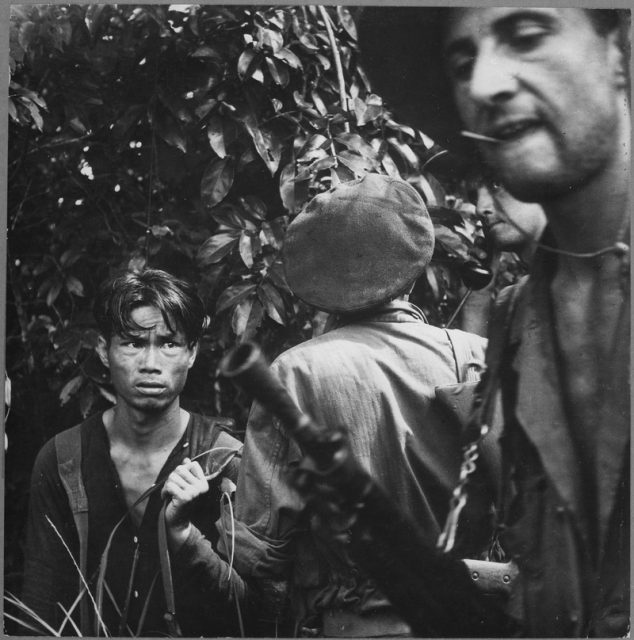
When Japan occupied Indochina (Vietnam), they brought along their weapons and troops to supplant the French. When Japan surrendered at the end of WW2, its troops in Indochina were kept on by the French to help with maintaining order.
British troops were also brought in for a time to help the French reconsolidate their hold. As each of these countries came in as an occupying or controlling force, they would bring in new and different armaments.
Japanese troops who had surrendered were not concerned with what happened to their stocks of weapons. In some cases, they even joined the Viet Minh as trainers.
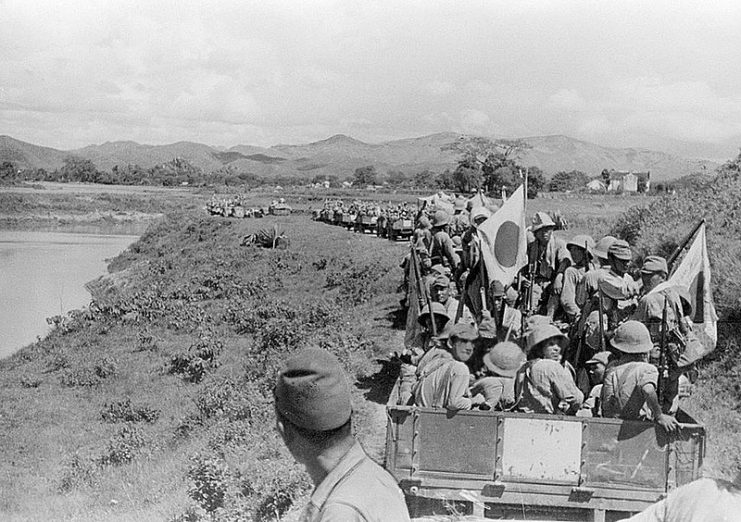
After WW2, France sought to regain its dominance over Indochina, aided in large part by the United States. French regular army troops and Foreign Legion mercenaries quickly descended on Vietnam.
Even before the end of the war, America had been providing the lion’s share of arms to the French forces in Vietnam. The US would send French (or, in many cases, captured and repurposed German) rifles, machine guns, mortars, and artillery.
After a patrol or base had been overrun, the weapons would be added to the VC arsenal.
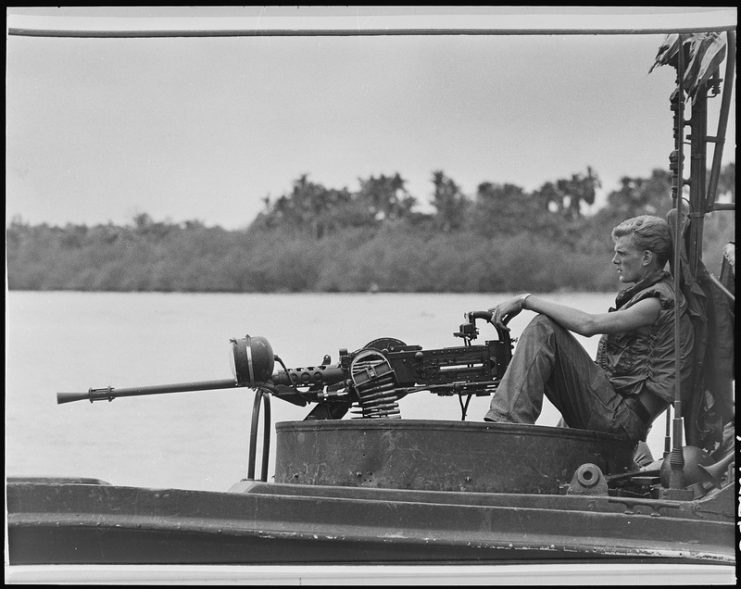
When the French capitulated in 1954, everything that they had left behind was up for grabs. Anything not immediately taken by the post-war government fell into the hands of the guerrillas.
Just to the north of Vietnam, another country was experiencing upheaval in the 1940s.
In the Chinese Civil War, the Nationalist forces armed with American weapons were pitted against Communist guerrillas equipped with whatever they could come up with from their own sources as well as that provided by the Soviets.
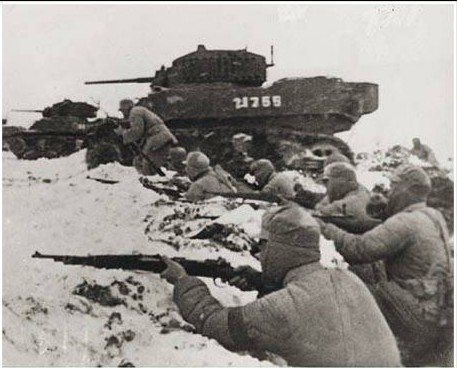
When the Communists won in 1949, China was suddenly awash with captured equipment. US small arms were mixed together with machine guns and small arms sent from the Soviet Union or seized from Japanese stocks.
Also in China’s arsenal were copies of Soviet weapons built under license. Weapons from all of these categories were freely supplied to the VC and NVA.
The Soviet Union was also involved in supplying the VC. After WW2, it pursued a policy supporting communist forces anywhere it could.
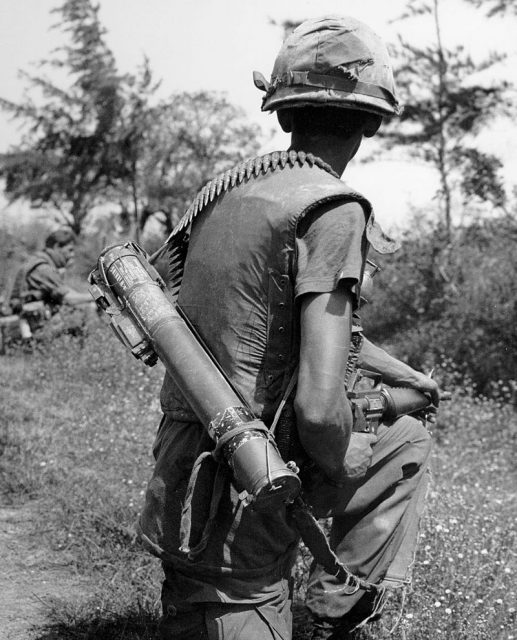
One of its more common methods of support was by providing outdated or captured weapons (like German rifles and machine guns). This policy allowed them to support friendly insurgencies while also being able to deny they were involved.
It was harder for them to deny involvement when they supplied jet aircraft, but officially they were not part of the conflict.
The final source of supply was the VC’s own cottage manufacturing industry. They would modify or rechamber existing weapons to fit whatever supplies of ammo or parts they had. For example, if they had French guns but Soviet ammo, they would rechamber the gun.
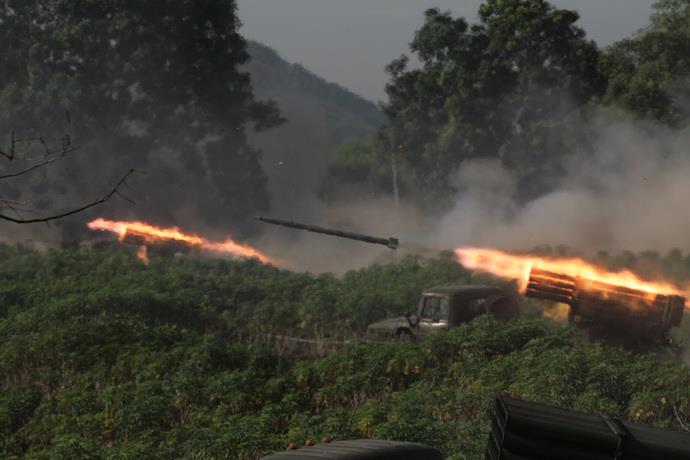
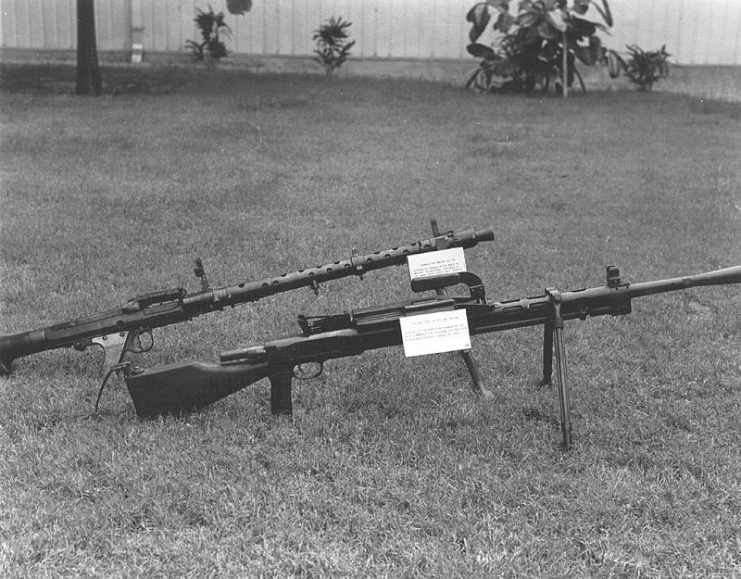
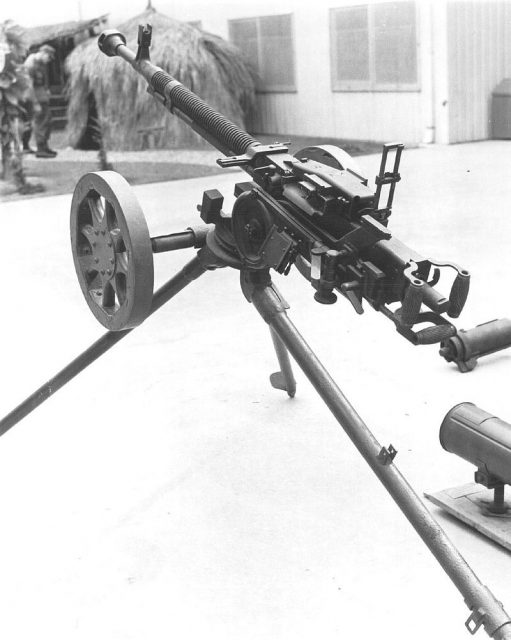
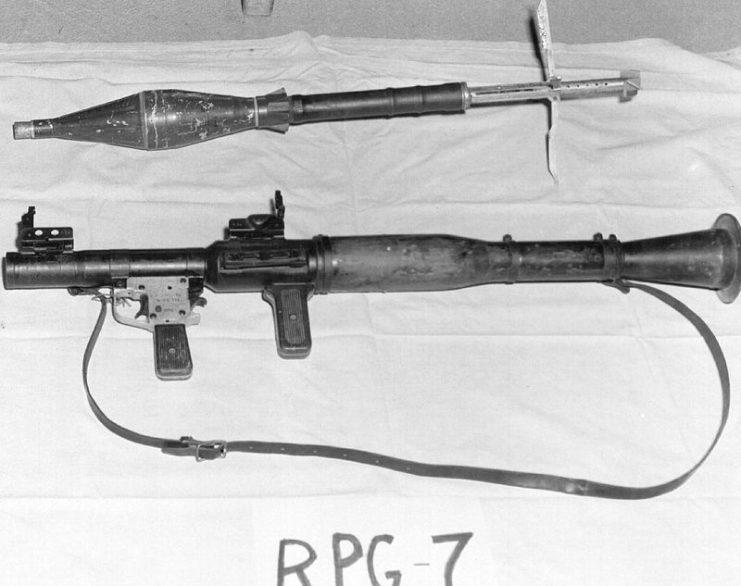
Museums have examples of home-made copies of weapons. The 1911 pistol and Thompson SMGs were popular to make, as were crude pipe guns in the early stages of the war.
The VC’s industry really excelled at making booby traps and explosives from captured or repurposed enemy supplies.
As the war went on, more and more weapons would flow into the country from all sources. Many a GI went home wounded by weapons made in the US or by one of its allies.
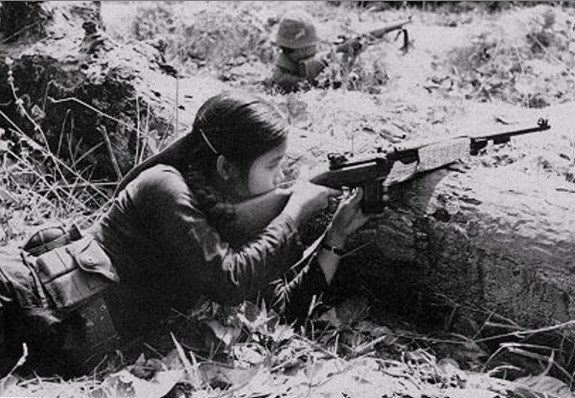
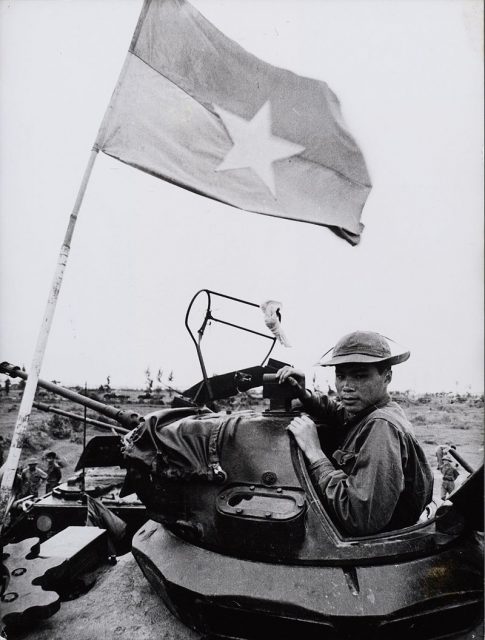
Up until the last years of the war, the guerrilla forces were still equipped with a hodgepodge of weapons from all sources. American M-16s, Chinese AKs, and French MAS rifles would be carried alongside other things like German MG-34s or even flintlock rifles.
The VC did not hesitate to use any weapon that would help their cause.
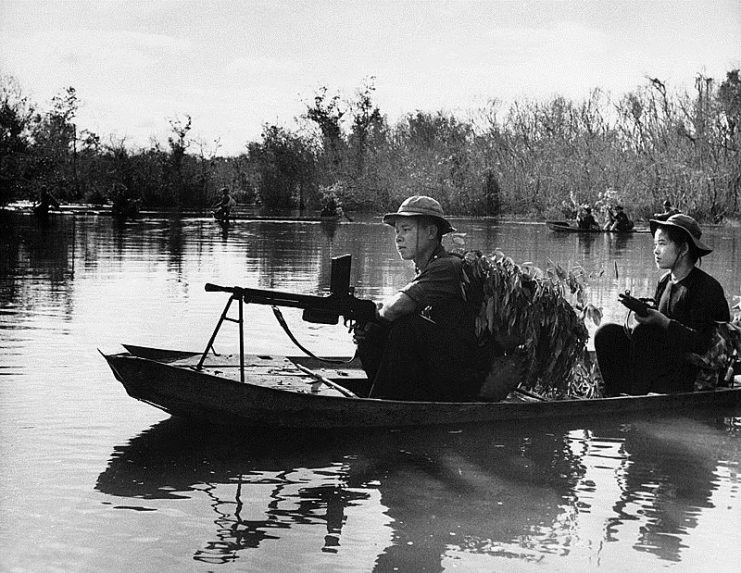
Read another story from us: When WW2 Ended Where Did all the 100’s of Millions of Weapons Go?
A series of photographs was published on the internet around 2000 showing an obsolete arms dump in modern Vietnam. It was a military collector’s dream, with piles of weapons from every nation imaginable and dating from WW1 to 1975.
Once used in battle, they now sit rusting as evidence of the scale and duration of the war. Only the conflicts in Afghanistan and the Middle East have had anywhere near the sheer variety of weapons from all sources and many eras in use at the same time.
